Explore the Best AI Image Gallery

Blockchains Artistic Renaissance: Revolutionizing the Creative Industry
The intersection of blockchain technology and the creative industry is rapidly evolving, ushering in a new era of artistic expression, ownership, and collaboration. Blockchain, with its decentralized and immutable ledger system, offers a transformative solution to longstanding challenges faced by artists, creators, and consumers alike.
Empowering Artists Through Transparency and Ownership
One of the most significant impacts of blockchain is its ability to provide artists with unprecedented control over their work. Smart contracts, self-executing agreements encoded on the blockchain, can be used to define ownership rights, licensing terms, and royalty structures. This ensures that artists receive fair compensation for their creations and retain full control over their intellectual property.
Traditional art markets are often plagued by intermediaries who take a significant cut of sales profits. Blockchain eliminates these middlemen, enabling artists to sell their work directly to collectors and bypassing the complexities of traditional galleries and auction houses.
NFTs: Reshaping Art Ownership
Non-fungible tokens (NFTs) have emerged as a groundbreaking application of blockchain in the creative industry. An NFT is a unique digital asset that represents ownership of a specific piece of art, music, or other digital content. This verifiable ownership record on the blockchain provides artists with a new avenue for monetizing their work and fostering a deeper connection with their audience.
NFTs have created a thriving secondary market where collectors can buy, sell, and trade digital artworks, blurring the lines between physical and virtual art. This has opened up new opportunities for emerging artists to gain recognition and financial success.
Transparency and Traceability in the Art World
Blockchains inherent transparency allows for the creation of immutable records of ownership history, provenance, and authenticity. Every transaction associated with a work of art can be tracked on the blockchain, providing collectors with confidence in the legitimacy and value of their purchases.
This increased transparency combats art forgery and fraud, ensuring that buyers receive genuine artworks and artists are properly credited for their creations.
Ethical Considerations and Future Trends
While blockchain technology holds immense promise for the creative industry, it is essential to consider its ethical implications. Issues such as data privacy, environmental impact, and the potential for misuse need to be addressed through responsible development and regulation.
Future trends in this space include:
- The integration of blockchain with augmented reality (AR) and virtual reality (VR) to create immersive art experiences.
- The development of decentralized platforms that empower artists to connect directly with their audiences and monetize their work.
- The exploration of new applications for NFTs beyond digital art, such as music licensing, intellectual property protection, and even real-world assets.
Conclusion
Blockchain technology is poised to revolutionize the creative industry, empowering artists, fostering transparency, and creating new opportunities for artistic expression. By embracing this transformative technology while addressing its ethical considerations, we can unlock a future where creativity flourishes in a decentralized and equitable manner.
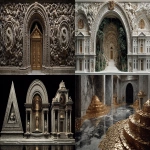

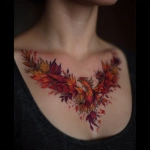
](https://images.ai-img.art/thumbnails/150/985b7bf314caa205e59a2c973e979ce77cf5b24ca39799fffe2e30ea7c79ef07.webp)


](https://images.ai-img.art/thumbnails/150/fe996254fcb758c1365f3a22783ee6112ed5e34579deb401de674b06938efb2a.webp)
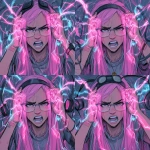




](https://images.ai-img.art/thumbnails/150/4c67c727683a835917441757b71ace563950f9178fa4826e09a55cfb092ac715.webp)

](https://images.ai-img.art/thumbnails/150/b94716d4b88da3e1ec3ab12162616a52ff5698251ac791ddf8478649889a0f47.webp)





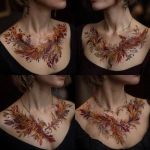





](https://images.ai-img.art/thumbnails/150/4c5bdb0a0a1f761a911521333b9e3463c885aa247b42d1d311a97f2aa2c513d2.webp)




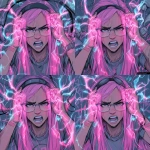
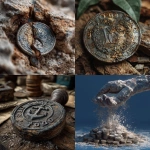




](https://images.ai-img.art/thumbnails/150/469bffae134ea97666025052588e76bb4dd4b6b98c4888cfd7873929a73156ff.webp)


